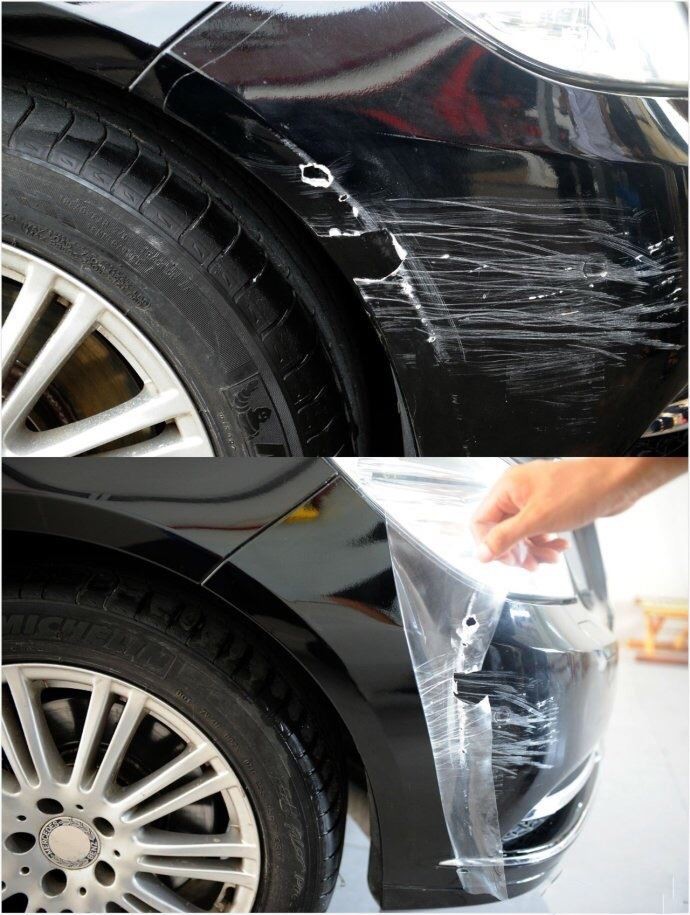Visible light transmittance: the percentage of visible light (380-780) passing through the glass/glass window film composite layer.
Visible light reflectivity: the percentage of visible light (380-780) reflected by the glass/glass window film composite layer.
Solar transmittance: the percentage of solar energy through the glass/glass window film composite layer.
Ultraviolet light blocking rate: the percentage of ultraviolet light (280-400) reflected by the glass/glass window film composite layer.
Solar reflectance: the percentage of solar energy reflected by the glass/film composite layer.
Solar Absorption Rate: The percentage of solar energy absorbed by the glass/film composite layer. The absorbed solar energy can radiate to both sides of the glass/film composite layer at the same time. The side with high air flow speed will radiate more energy.
Total solar transmittance: the sum of the part of the solar energy passing through the glass/glass window film composite layer and the absorbed solar energy radiating into the interior. The unit of measurement of the insulation rate is the heat passing per square foot per hour (BTU/Hr./Ft.2, where 1BTU=262 calories). The heat insulation rate of transparent glass is generally 20 BTU/Hr./Ft.2.
Total solar reflectance: the heat insulation rate, which is the sum of the solar energy reflected by the glass/glass window film composite layer and the absorbed solar energy radiated to the outside.
Shading factor: the total solar transmittance of the glass/glass window film composite layer relative to the glass.
U value: the amount of heat radiation per square foot per hour, each degree of temperature difference between inside and outside.
According to different uses, the performance requirements are different. Generally speaking, the main indicators are visible light transmittance, visible light reflectance, heat insulation rate, and ultraviolet blocking rate.







